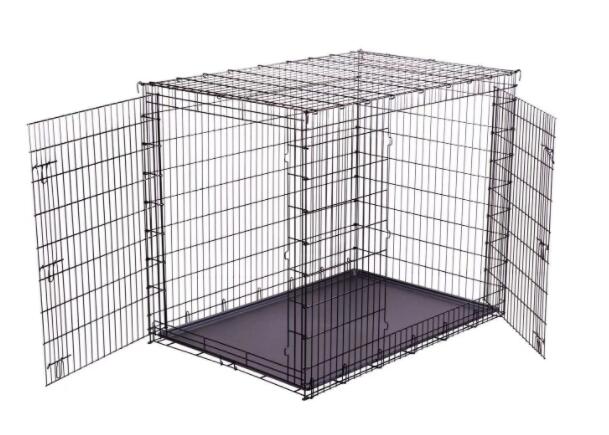The Multifaceted Uses of Wire Gauze
Wire gauze, a material made of thin metal strands woven tightly together, is an essential tool in laboratories and various industrial settings. Although it may seem simple at first glance, the utility and functionality of wire gauze span a wide range of applications, particularly in scientific research and manufacturing processes. This article will explore the many uses of wire gauze, shedding light on its importance and versatility across different fields.
1. Laboratory Applications
One of the primary uses of wire gauze is in the laboratory to support beakers and flasks during heating processes. When placed on a tripod stand and heated with a Bunsen burner, the wire gauze provides a stable platform, ensuring even distribution of heat to the glassware. This prevents the glass from cracking due to sudden changes in temperature and allows for safe and controlled experimentation. Furthermore, its design permits adequate airflow, which aids in efficient heating.
2. Filtration Processes
Wire gauze is also utilized in filtration processes. In materials science and chemistry, it can serve as a filter medium to separate solid matter from liquids or gases. Its mesh size can be adjusted according to the required application, from coarse filtration to finer applications. This ability makes wire gauze an invaluable asset in experiments that require the careful handling of substances and the separation of different phases.
In safety applications, wire gauze is employed as a barrier to protect individuals from harmful substances or hazardous reactions. In the event of a container bursting or exploding, wire gauze can help to contain the debris, lessening the risk of injury. Moreover, it can be used in laboratory fume hoods to ensure the containment of toxic gases and vapors, creating a safer working environment for researchers.
4. Culinary Uses
uses of wire gauze

Wire gauze is not exclusive to scientific applications; it also finds its place in culinary practices. Chefs often utilize wire gauze as a strainer for various cooking methods. Its ability to retain small particles while allowing liquids to pass through makes it an ideal tool for straining sauces, stocks, or oils. In addition, some cooking techniques, such as smoking or barbecuing, benefit from wire gauze as it can hold wood chips and other flavoring agents without allowing them to fall through the grill.
5. Heat Distribution in Cooking
When used over an open flame, wire gauze can help in the distribution of heat, similar to its role in the laboratory. When cooking on a stovetop or grill, placing wire gauze between the heat source and cookware allows for more uniform heating, thereby preventing scorching or uneven cooking. This method is particularly useful when preparing delicate dishes that require precise temperatures.
6. Electronics and Engineering
In the field of electronics, wire gauze is used in various applications, including shielding and grounding. It helps protect sensitive electronic components from electromagnetic interference (EMI), thereby ensuring optimal performance. The protective properties of wire gauze also come into play in engineering where it can serve as a reinforcement material in certain structures and components, contributing to their durability and strength.
7. Environmental Monitoring
Wire gauze plays a role in environmental monitoring as well. In air quality measurements, wire gauze can serve as a collection medium for particulates. Its ability to capture and hold fine particles makes it a valuable tool for researchers studying pollution and its effects on health and the environment.
Conclusion
Wire gauze is an underappreciated yet indispensable tool in various fields, ranging from scientific research to culinary applications. Its versatility allows it to serve many functions, including providing support during heating, facilitating filtration, ensuring safety, and improving cooking techniques. With its wide-ranging applications, wire gauze remains an essential component of both laboratory and everyday settings, emphasizing the importance of simple materials in creative and effective problem-solving.

















